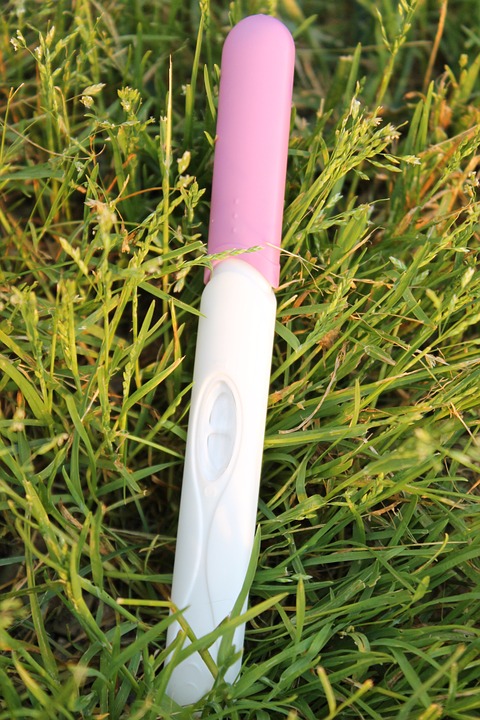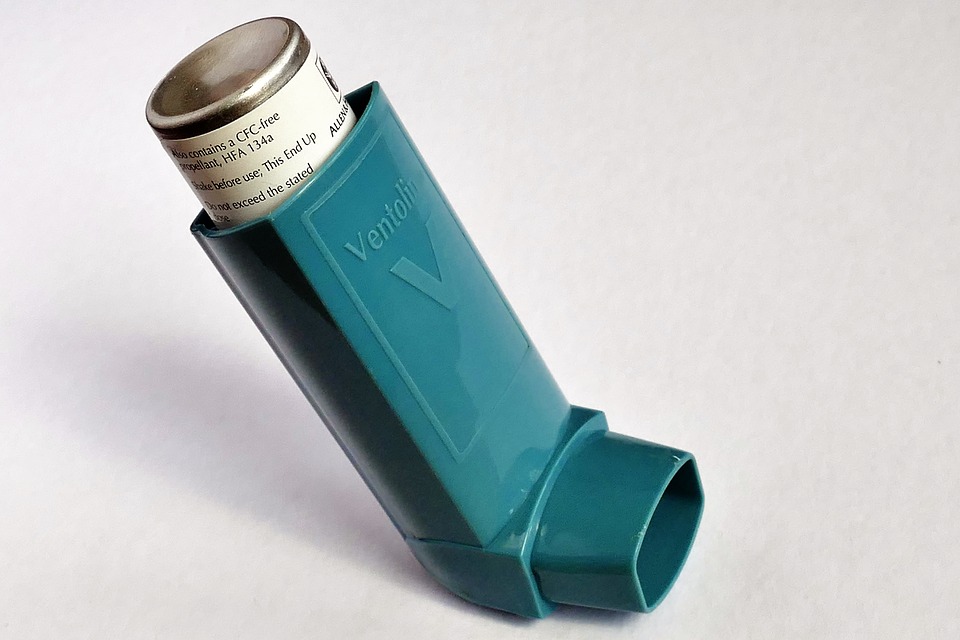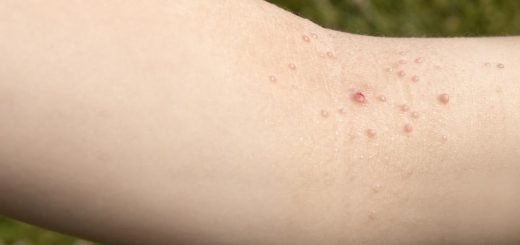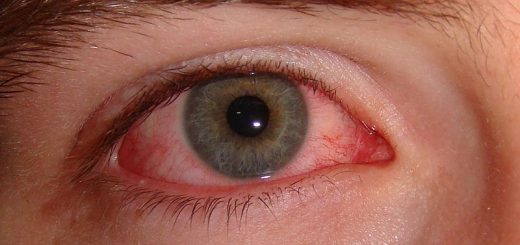30 Home Remedies for Dry Socket
Dry sockets should become a cause of concern if the side effects or symptoms cannot be cured with the medicines given by pharmacists. More often than not, dry socket occurs after a tooth has been extracted.
Medicines available in chemists as well as natural cures are effective in remedying the condition. However, when dry socket is accompanied by a persistent fever as well as a swollen lymph node in the neck or along the jawline, closer attention is needed. This brings about the need to consult a specialist.
Causes and Symptoms
The use of oral contraceptives, previous incidents of dry socket, and a thick jawbone may enhance the chances of contracting the ailment. The abuse of corticosteroids has also been blamed for increasing the chances of getting dry socket.
The side effects of dry socket include a pulsing pain close to a socket, a bone in the socket that aches when touched, Inflammation of the tissue around the socket and an inflamed lymph node.
Battling with bad breath, sour taste in the mouth, and possibly, fever, have also been linked to dry socket.
Home Remedies for Dry Socket
-
Oral Hygiene
It is vital after any dental surgery to care about the hygiene of the mouth. Regular mouth rinses after the surgery are advised. And brushing the teeth carefully is of utmost importance.
Use a lukewarm salt water gargle a day after surgery. The salt water rinse will keep the mouth fresh.
-
Saline Water Rinse
Gargling with salt water also known as a saline solution is most effective after extracting a tooth or teeth. Warm water eliminates any pain in the mouth and the salt contained in the saline solution fights off any infection-causing bacteria.
The solution must be used 24 hours after a tooth extraction. To make the saline solution dissolves half a teaspoon of salt in warm water. Be sure to gargle with the solution on a regular basis.
-
Cold Compress
For all types of surgery, a post-surgery remedy that can be helpful is the cold compress. Ice packs assist in numbing any pain experienced from dry socket. The nerves in the jaw and mouth react to the ice and thus minimize the pain.
The cold compress can be made by placing some ice cubes from an ice tray into a plastic bag. Ice bags can be covered with a cloth and placed on the side of the face where the pain is occurring. The ice pack should not be placed on the face for longer than fifteen minutes.
Alternatively, a cloth that has been placed in icy water can also act as a cold compress. The first two days following the surgery requires regular use of the cold compress.
-
Flush and Clean the Socket
Some dentists give patients a syringe that can be used to flush the socket after a tooth extraction. This syringe can be filled with water and inserted towards the socket in order to cleanse it. Since food particles may become trapped in the socket, it is vital to often flush the socket to avoid the irritation. A dirty socket won’t heal and thus, the syringe method assists in healing the socket faster.
-
Gauze
The best way to avoid too much saliva or air from getting trapped in the dry socket is by sucking on any slightly wet gauze. Too much air reaching the dry socket maximizes the discomfort.
-
Hydrogen Peroxide
An effective disinfectant is hydrogen peroxide. The benefits of hydrogen peroxide is threefold in that it destroys infection-causing bacteria, reduces pain, and eliminates stinky breath. Drop few tinctures of hydrogen peroxide in water to create a rinse. One must gargle with this solution regularly to reap the benefits of the peroxide. Do not swallow the hydrogen peroxide.
-
Clove Oil
Dentists also recommend clove oil. Clove oil works as an anesthetic and thus minimizes the pulsing pain that is a symptom of dry socket. Dissolve a cotton wool bud or a cotton swab in the clove oil. Insert the cotton wool bud over the socket.
It should be left close to the socket for about 120-180 seconds. The mouth should be rinsed after the swab has been used. Clove oil on its own does have a sting and if the stinging sensation is too strong, it can be diluted. The oil needs to be mixed with water prior to dipping the cotton swab in the oil.

Essential oil bottle
-
Tea Tree Oil
Oil with antiseptic functions is tea tree oil. Tea tree oil has been noted to aid in the healing process of dry socket. Tea tree oil eliminates any bacteria found in the mouth and gums. Just like with the clove oil, tea tree oil can be poured on a cotton wool bud or swab. Yet again, the swab should be placed in the mouth over the socket. The mouth must also be rinsed after using the oil. Regular use of this remedy aids its effectiveness
-
Valerian Root
A tranquilizer that reduces pain, tension and stress are called valerian root. Using valerian root will speed the dry socket healing process. The root works to free the nerves and tissues in the mouth from strain whilst reducing any inflammation of the gums. The root is a tranquilizer as it causes sleep.
To use the root, place dried valerian root in a glass of hot water. Allow the root to dissolve in the water for some time. Strain the water and drink the valerian root tea. Drink the tea for a few days after surgery.
-
Chamomile
The soothing abilities of chamomile cannot be overstated. It battles swelling in the gums and assists with the freshening of the breath. The herb like valerian root is a natural tranquilizer.
Chamomile tea can be simply made by adding dry chamomile leaves to kettle water. The leaves must be left in the water for a good few minutes before they can be removed from the tea. Sip on the tea after the surgery for a couple of days.
-
Neem
Neem acts as an antifungal paste destroying any fungi or bacteria that may occur in the mouth. Bacteria spread in the mouth when food is consumed and neem works to kill this harmful bacteria. Neem effectively reduces swelling.
To make the neem paste, neem leaves must be thoroughly rinsed. The wet leaves must be crushed so that it becomes like a paste. The paste must be used on the gums. This paste can be left on the gums for a while and can be reapplied to the gums constantly.
-
Dry Salt, Turmeric, and Mustard Oil Mix
Turmeric is known to be a herbal healer just like mustard oil and salt. To make this turmeric paste, you will need to add some dry salt and mustard oil to the turmeric powder. This turmeric paste can be put on all the areas of the mouth in which the pain occurs. This turmeric paste is great for any dental related problems.
-
Turmeric and Milk
Turmeric’s antibacterial properties are vital when taking care of the gums, jaw, and mouth. This is suitable for use after surgery or tooth extraction. Turmeric is abuzz with analgesic agents and works in eliminating any discomfort in the mouth.
To a dish add half a teaspoon of turmeric powder. In order for the powder to become a paste, pour in milk until the yellow powder becomes like a paste. Apply the paste to the areas of discomfort in the mouth using dry gauze. Use this paste often until the pain and inflammation settle.
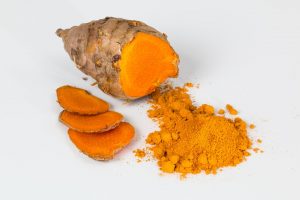
Turmeric root and powder
-
Turmeric and Warm Water
If milk is not the preferred choice to make turmeric paste then mix the turmeric with water instead. Add equal amounts of the turmeric powder to warm water. The turmeric water can be used to rinse the mouth or for gargling purposes.
-
Black Tea Bags
The black tea bags contain tannic acid which assists in relieving dry socket related symptoms. The cold black tea bag can be inserted on the socket for an immediate cure. The cold tea bag has to be made by first placing the tea bag in a glass of warm water. Once the tea is made, the black tea bag must be removed and ringed so the liquid is drained
The tea bag must be refrigerated and thereafter placed in the mouth/ Biting gently on the tea bag will ensure the remedy works on the socket. This technique can be repeated as need be.
-
Lemon and Salt
Simply dissolve the salt in lemon juice and it will work as an antiseptic. The vitamin C found in lemons has much health benefits and works to heal dry socket related symptoms The lemon juice and salt combination can be placed on the gums. Alternatively, drinking freshly squeezed lemon juice is also beneficial when dealing with dry socket.faster.
-
Apple Cider Vinegar
Apple Cider Vinegar (ACV) destroys bacteria in the mouth whilst simultaneously reducing any pain. Another potent quality of ACV is that it creates the perfect pH balance in the mouth. To use ACV it must be mixed in equal portions with water. The Apple Cider Vinegar and water mixture can be used as a mouth rinse.
-
Honey
Honey, like clove oil, can be used to dress the dry socket. Although not used as often as clove oil by dentists, it is virile in healing dry socket. Honey is easy to find and leaves little room for any side effects.
Just like when using clove oil, ensure the mouth is cleansed thoroughly first. A saline gargle works best to clean the mouth. Dip a cotton wool bud in some honey and with tweezers place the dressing on the socket. Change the dressing as often as possible.
-
Garlic
Garlic acts as a natural antibiotic. It is no wonder why garlic has been mentioned as a home remedy for treating dry socket. Garlic will minimize any swelling in the mouth.
Fresh cloves of garlic must be placed in the mouth. The cloves must be chewed to enable the garlic juices to flow all over the teeth and gums.The clove doesn’t need to be swallowed, but you will not be hurt if you do swallow it. After trying this technique the mouth ought to be rinsed.
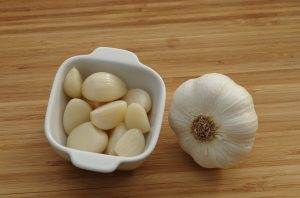
Garlic cloves and whole garlic
-
Boiled Potatoes
The advantage of boiled potatoes is that they soft and can be digested easily. Having soft foods are a must when battling with dry socket. Potatoes works wonders as it has nutritional benefits as well. Alternatively, eat soups as they are also smooth and easy to digest.
-
Yogurt
Soft and smooth yogurt is vital when dealing with dry socket. Helpful bacteria contained in yogurts battle infections and promote recovery. Yogurt restores the beneficial microorganisms in the mouth.
To allow the dry socket to heal it is advisable to eat at least four cups of yogurt daily. The yogurt of choice should be the unsweetened and flavorless yogurt. If you need more flavor, try adding honey to the yogurt.
-
Ice Cream
Ice cream has been used to treat dry socket and other dental problems even though people doubt the benefits of this easily accessible remedy. Presumably, the ice cream works in much the same way as the cold compress. And thus numbs the pain-causing nerves in the mouth. Avoid ice cream with chunks in it, like cookie dough or rocky road.
-
Aloe Vera
Aloe vera is a cure that prevents further inflammation in the mouth. To use this remedy, extract the aloe gel from a fresh aloe vera leaf. Use the gel on gauze to dress the dry socket. The aloe gel is harmless and can be used throughout the day.
-
Peppermint
Like aloe vera, peppermint is a beneficial dry socket treatment. Peppermint contains menthol which reduces and eliminates pain. Eating peppermint leaves the mouth fresh.
To use the peppermint remedy simply place a cotton wool ball in peppermint oil and water. Put the cotton wool on the dry socket for ten to twelve minutes. Once the cotton wool has been removed, the mouth must be rinsed.The peppermint cotton wool ball technique can be used for a few days following the surgery.
-
Stay Hydrated
Whilst being well hydrated is always advisable, it becomes important when one is trying to cure dry socket. Staying hydrated allows the dry part of the mouth to be moisturized and thus speeds up healing time. Drink enough water to stay hydrated all through the day.
-
Rest
Tranquilizers such as valerian root have been mentioned as effective as they induce sleep. Sleeping and getting a good amount of rest is vital during recovery. Preferably, take a rest for at least 12 hours post surgery.
Whilst normal activity can continue after surgery one should bear in mind that overexertion should be avoided. Also, indulging in too much physical activity must be avoided for about 8 days after the surgery.
-
Sleep with Your Head Elevated
The best rest one can have after a surgery is one where the head is kept slightly elevated. Raise the head slightly with pillows. Using two to three pillows under the head should do the trick.
Doing this will prevent dry socket. This is because the raised head will control the amount of blood flowing close to the wound, and thus, prevent any throbbing pain as well reduce the chances of a blood clot build up.
-
Eat Soft Foods
Boiled potatoes, yogurt, ice creams, soups, and smoothies were mentioned as being good eats when suffering from dry socket. It is advisable to adjust the diet so it contains soft treats that can easily be digested so that the food does not put too much pressure on the gums.

Pumpkin soup is a tasty meal that is safe to eat after getting your teeth removed.
-
Avoid Straws
Sucking liquid through a straw may cause a blood clot to form. After a surgery, you should stay away from drinking with a straw.
30.Avoid Tobacco Products
The nicotine contained in cigarettes is risky to be exposed to after extracting a tooth. This is because nicotine assists in the formation of blood clots and thus may increase the chances of contracting dry socket. Also, avoid using chewing tobacco.
Were any of these suggestions helpful for you? If so, comment below!
References
http://homeremedyshop.com/12-home-remedies-to-get-relieve-from-dry-socket/
http://homeremedyshop.com/12-home-remedies-to-get-relieve-from-dry-socket/
http://homeremediesforlife.com/home-remedies-for-dry-socket/
http://www.healthyandnaturalworld.com/how-to-treat-dry-socket-naturally/
http://askthedentist.com/how-to-heal-a-dry-socket/
http://www.emedicinehealth.com/dry_socket/page3_em.htm
https://www.homesogood.com/10-home-remedies-for-the-problem-of-dry-socket/

